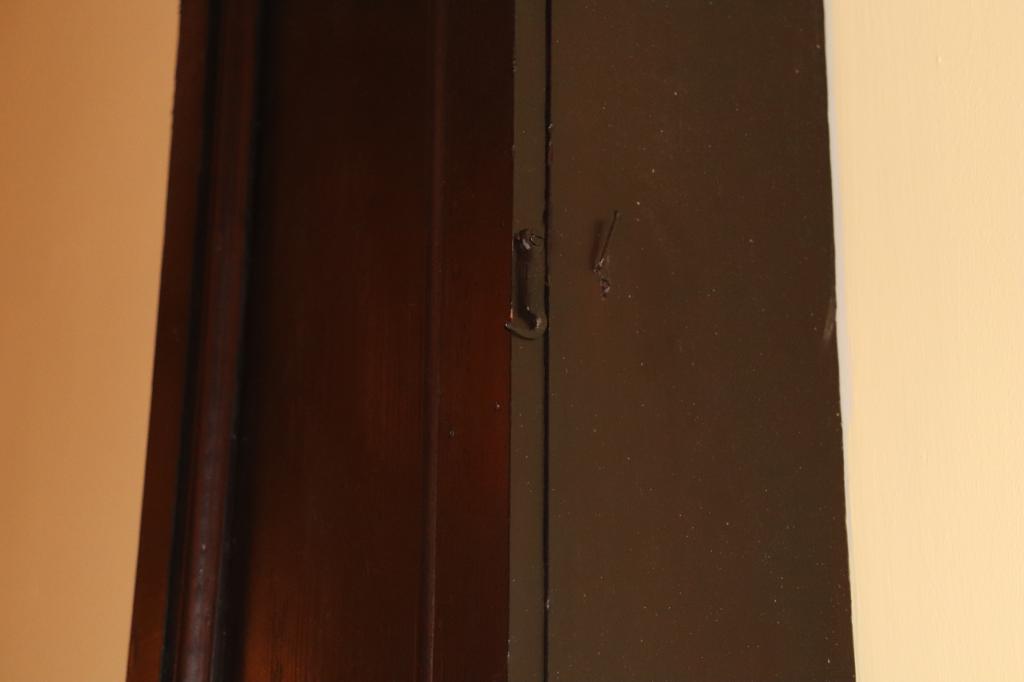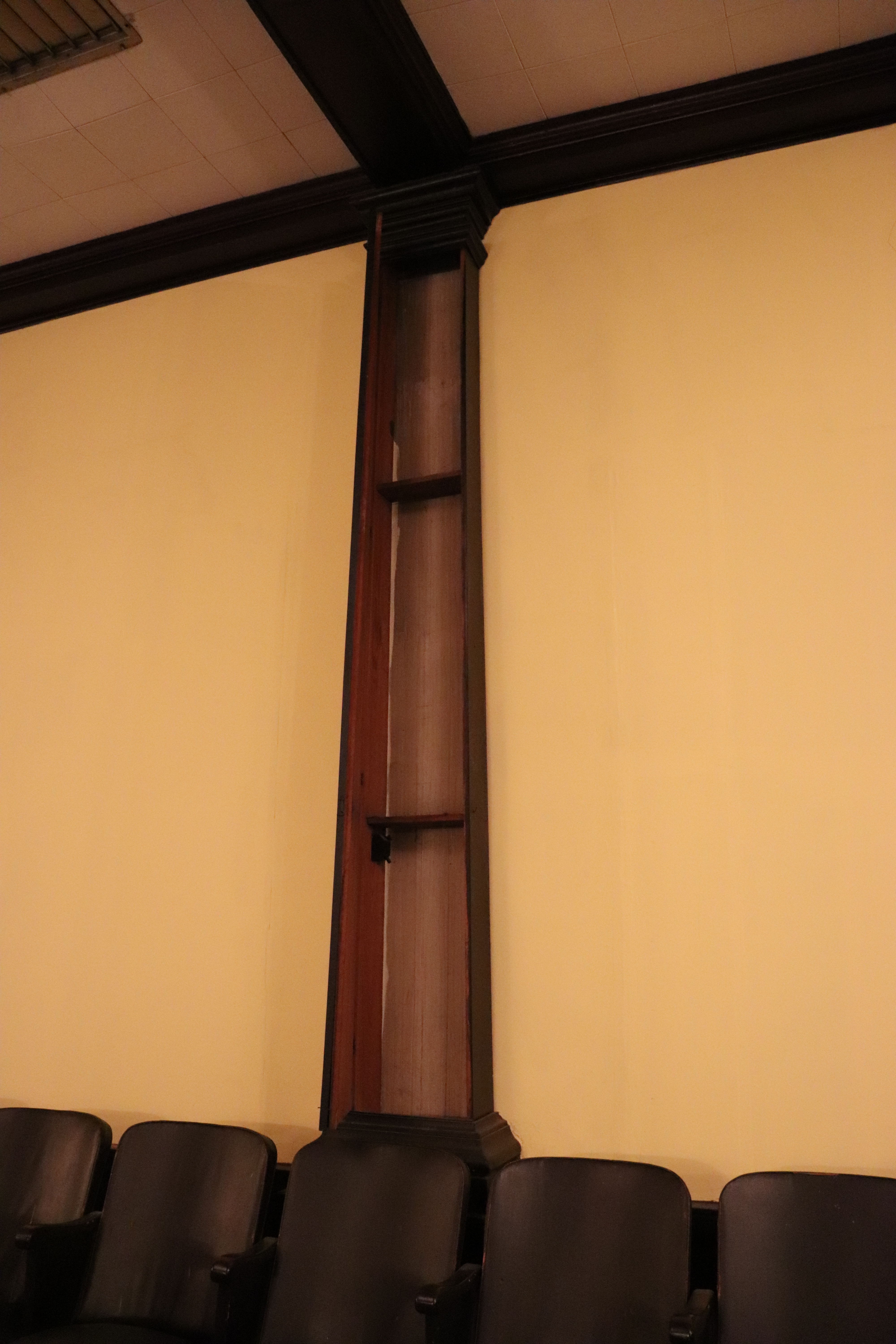
Fort Valley Lodge No. 110 and City of Fort Valley
...a short history about us
...a short history about us

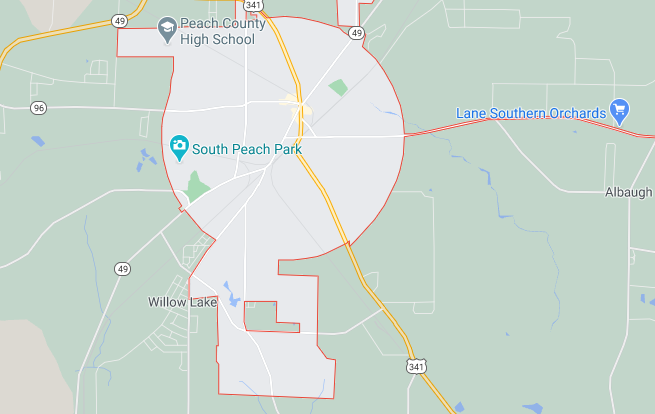 Fort Valley was founded in the 1820’s in Crawford County as a Native American trading post, the origin of the name is unclear. There is some information that shows the town may have originally been named “Fox Valley” and was misread by post office officials in Washington, D.C., as “Fort Valley.” Another story of the town’s name points to being named for the original founder James Abbington Everett’s friend, Arthur Fort, a Revolutionary War hero from nearby Milledgeville. No historical information indicates that Fort Valley ever hosted a military fort on the site or nearby.
Fort Valley was founded in the 1820’s in Crawford County as a Native American trading post, the origin of the name is unclear. There is some information that shows the town may have originally been named “Fox Valley” and was misread by post office officials in Washington, D.C., as “Fort Valley.” Another story of the town’s name points to being named for the original founder James Abbington Everett’s friend, Arthur Fort, a Revolutionary War hero from nearby Milledgeville. No historical information indicates that Fort Valley ever hosted a military fort on the site or nearby.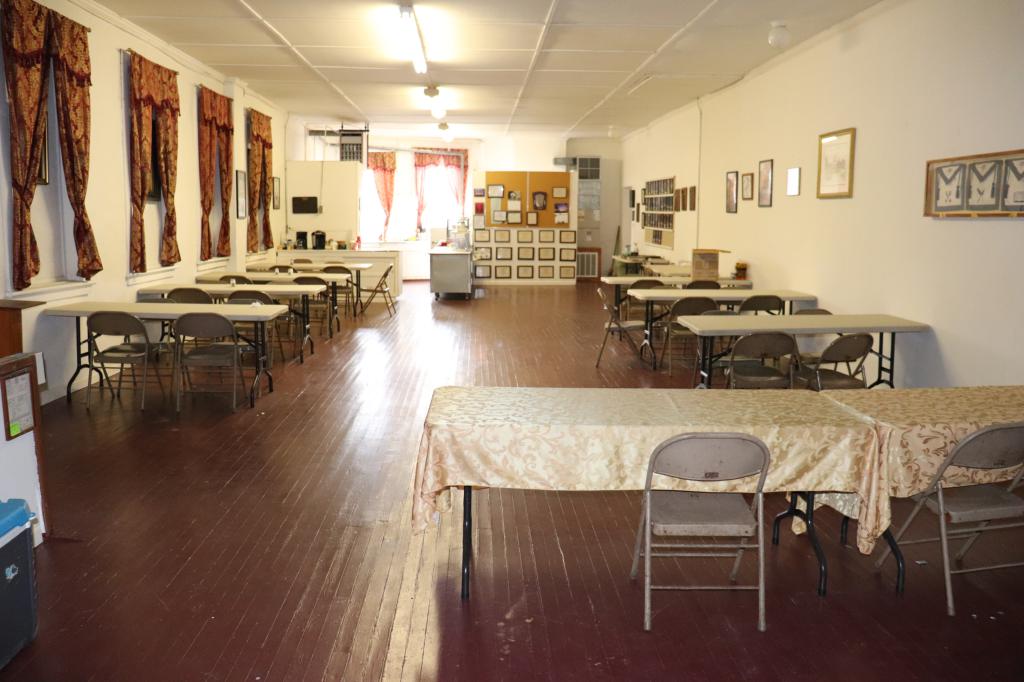 (now part of Peach County). The lodge charter pre-dates the official city charter of Fort Valley in 1856 by seven years. The lodge met in the same building as the International Order of Odd Fellows (IOOF) Lodge in Fort Valley until around 1897. The IOOF and Masonic bodies in many cities would share their buildings with each other for lodge meetings, and in some cases, members would belong to both organizations, Fort Valley does not appear to be an exception to this.
(now part of Peach County). The lodge charter pre-dates the official city charter of Fort Valley in 1856 by seven years. The lodge met in the same building as the International Order of Odd Fellows (IOOF) Lodge in Fort Valley until around 1897. The IOOF and Masonic bodies in many cities would share their buildings with each other for lodge meetings, and in some cases, members would belong to both organizations, Fort Valley does not appear to be an exception to this.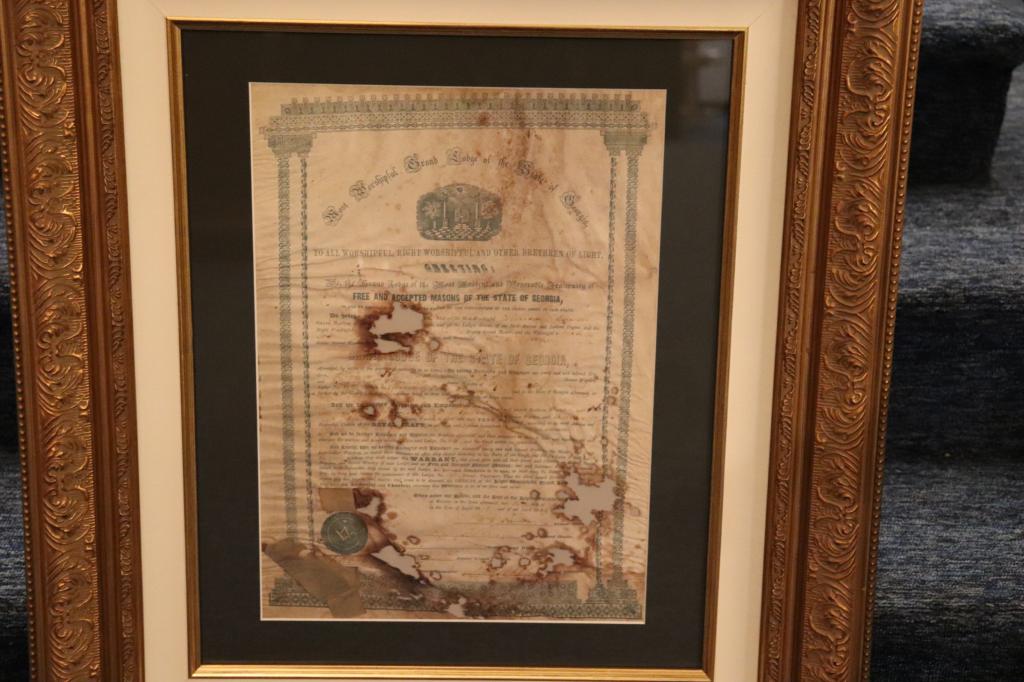 Sometime around the 1960's a fire broke out in the Fort Valley lodge room at 106 W. Church street which caused significant damage to the lodge on the second floor. It was decided to move the lodge into the same building as the Fort Valley York Rite at 100-1/2 W. Church St. as a benefit to both masonic bodies. The second floor of 106 W. Church Street still houses some of the old furniture from the lodge. The charter for the lodge, along with many other important documents, were salvaged from the building but show extensive deterioration and burn marks. A new charter was reissued from the Grand Lodge of Georgia in 1999 and is on display at the lodge with the original charter.
Sometime around the 1960's a fire broke out in the Fort Valley lodge room at 106 W. Church street which caused significant damage to the lodge on the second floor. It was decided to move the lodge into the same building as the Fort Valley York Rite at 100-1/2 W. Church St. as a benefit to both masonic bodies. The second floor of 106 W. Church Street still houses some of the old furniture from the lodge. The charter for the lodge, along with many other important documents, were salvaged from the building but show extensive deterioration and burn marks. A new charter was reissued from the Grand Lodge of Georgia in 1999 and is on display at the lodge with the original charter. 